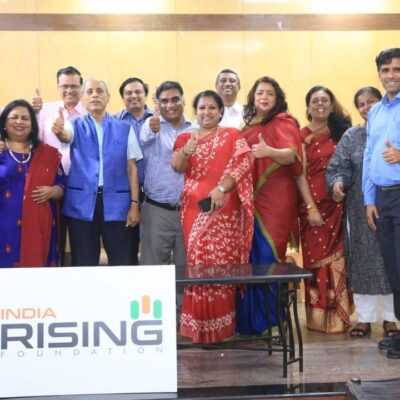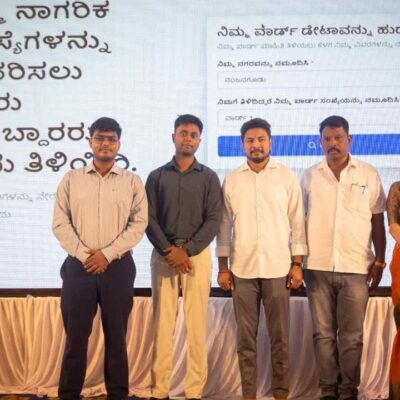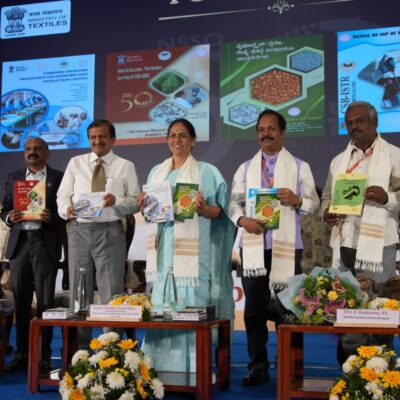
New Delhi: The Periodic Labour Force Survey, initiated by the Government of India, has reported a decrease in the jobless rate to 5.2 percent in July. Economists, however, argue that, as per the report, anyone who has worked for at least one hour during the previous week is termed “employed”, including unpaid family labour, but this does not adequately account for underemployment.
The PLFS report has two portions: One is the quarterly bulletin, and second, the monthly bulletin. Here are their key findings:
Key findings: Quarterly bulletin April-June 2025
The Current Weekly Status (CWS) Labour Force Participation Rate (LFPR) for those aged 15 and older was 55.0 percent in April–June 2025, with 57.1 percent in rural and 50.6 percent in urban areas.
From April to June 2025, the LFPR in CWS for males aged 15 and older in rural and urban areas was 78.4 percent and 75.1 percent, respectively. In rural regions, the LFPR for females aged 15 and older was 37.0 percent.
In CWS, the worker population ratio (WPR) for people aged 15 and older was 54.4 percent in rural regions and 47.1 percent in urban areas, with a countrywide WPR of 52.0 percent from April to June 2025.
The national female WPR was 31.6 percent, with the rural and urban WPRs for females aged 15 and over being 35.4 percent and 23.3 percent, respectively.
While regular wage/salaried employment was common in urban areas, self-employment was more common in rural areas — 55.3 percent of males and 71.6 percent of women, and 47.5 percent of men and 55.1 percent of women respectively.
While the tertiary sector was the primary source of employment in urban areas, the majority of workers in rural areas (44.6 percent of men and 70.9 percent of women) worked in the agriculture industry (60.6 percent of men and 64.9 percent of women).
The average number of individuals over 15 working in the country during this quarter was 56.4 crore, with 39.7 crore being men and 16.7 crore being women.
In CWS, the unemployment rate (UR) for people aged 15 and over was 5.4 percent from April to June 2025. The rural UR was lower at 4.8 percent than the urban UR, which was 6.8 percent.
Key findings from the July 2025 monthly bulletin
In CWS, the LFPR for individuals aged 15 and above was 54.9 percent, which was higher than 54.2 percent in June 2025.
For the same age group, the LFPR in rural areas was 56.9 percent, whereas in urban areas, it was 50.7 percent.
In July 2025, the LFPR for males in rural areas was 78.1 percent, while the LFPR for males in urban areas was 75.1 percent.
The LFPR for rural women rose from 35.2 percent in June 2025 to 36.9 percent in July 2025.
In rural areas, WPR in CWS rose from 53.3 percent in June 2025 to 54.4 percent in July 2025.
From 46.8 percent in June 2025 to 47.0 percent in July 2025, Urban WPR increased somewhat.
In July 2025, the overall female WPR was 31.6 percent, with rural women’s WPR being 35.5 percent and urban women’s WPR being 23.5 percent.
In CWS, the UR for those 15 and over dropped from 5.6 percent in June 2025 to 5.2 percent in July 2025.
Conclusion
Many economists/analysts still believe that there are limitations in the data collection process and reporting protocols, despite the government defending its methodology.
Many economists still rely on private data providers like the Centre for Monitoring Indian Economy Ltd. (CMIE) for unemployment figures.
However, to capture the subtleties of India’s labour market better, the government has recognised the necessity to expand the monthly labour survey’s sample size.





